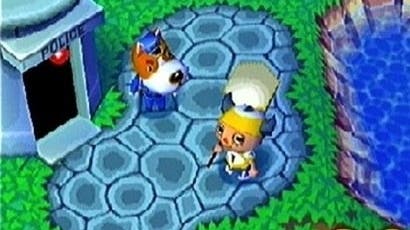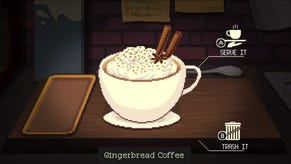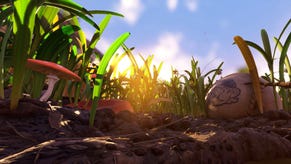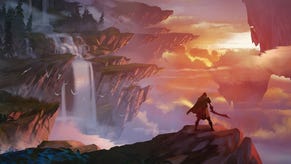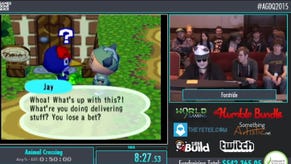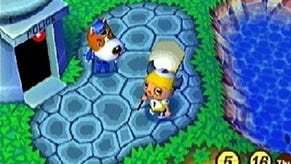The pleasures of a game world you look down upon
It comes too fast, this shelving sense of home.
It's a famous story, but a good one. When Robert Louis Stevenson was writing Treasure Island, he started out by drawing a map - a map of the island itself. One of his biographers - I think it was Claire Harman, and if you walk away from this piece with anything it should be a desire to read her perceptive and generous book on Stevenson - has pointed out that the map looks a bit like Scotland. Anyway, he drew the map and then he wrote the book, at times the map actually guiding the narrative. The land was sacred and the words had to fit it. Stevenson!
Then he sent the map to his publisher and it was lost in the post. He had to draw another version, returning to the text and pulling the map back out of the book. He did a good enough job, clearly - the rest of us have only ever seen his copy. But still: "Somehow it was never Treasure Island to me."
I think about this story almost every day at the moment, and not only because I am permanently dizzy for Stevenson. It's because every day I log into Animal Crossing and I walk around and I do the weeding - Stevenson loved weeding, incidentally, and wrote about weeds thrillingly - and I pop balloons and I find Gulliver's phone parts for him and send him on his way. And all the time Animal Crossing reminds me of Treasure Island. I like to play with the camera set high above me and looking down on everything. This is the classic Animal Crossing view, and as much as I like the rolling drum perspective of the later games that allows you to see the sky above and the stars at night, it still feels like the right way to play. All around me the landscape is basically a map. Like Stevenson I find something truly energising about looking down on the terrain. I love games that have this perspective: top-down games!
The first game I remember seeing like this was - wait! - Treasure Island, a version for home computers back in the 1980s. I remember you ran around this island, dealing with pirates and lobbing cutlasses about. The world looked a bit like a map. There were hills and reefs and I think there was probably an X. More than anything, you were playing the map of the book rather than its story.
Now when I think of top-down games I generally think of Zelda, the very first one. There is something magical about this game, and so much of it for me is wrapped up in the way you view it, high above Link, the landscape spread all about, and - I love this - each screen a different part of Hyrule.
Last night I asked some game writer friends over WhatsApp what this set-up is called, those top-down games where each screen is a different part of the grid as it were. Grid games? Flip-screen games? No answer really does it justice. They feel like cartographical games to me, because they are arranged by coordinates, sure, but also because they have the same rigour as a map - every square is permanently attached to the same surrounding squares: there is something of the feeling of ink and compasses and measurements to know that if you walk three screens left from your house there will always be mountains. (Except, of course, when designers play with this very certainty and trap you in confusing, logic-breaking spaces like Zelda's eternal woods.)
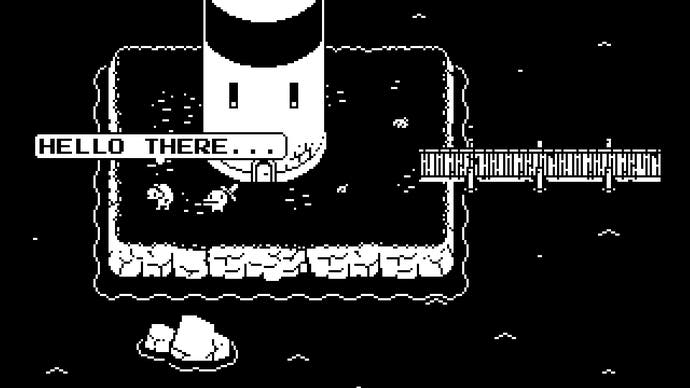
The famous story about Zelda's creation - another great origin story - is that Miyamoto was at work opening and shutting the drawers of his desk, looking down into each one and imagining a different garden in there. So it wasn't a map that inspired the game as with Treasure Island, but an imaginary landscape that inspired Miyamoto into making a game that effectively worked as its own map.
No matter. There is something wonderful about these top-down games. It really is my favourite way to play a game, in fact. I feel like I am playing the landscape, that my job is to explore, to understand the way things fit together, and ultimately - and we're back to Animal Crossing again - to find a means to make the whole place a kind of home.
